The Miller Heiman Sales Process (also known as strategic selling) helps win complex B2B deals. Use this enterprise sales strategy if:
✅ You want a clear, structured approach to navigate the complex decision-making matrix of your clients.
✅ Your goal is to build a deeper connection and trust with each stakeholder in the buying group.
✅ You seek a practical way to differentiate your offering in a competitive market, directly addressing the unique needs of your buyers.
Continue reading to learn more.
Steps in the Miller Heiman Sales Process
For easier understanding, we have categorized the process into three main steps. Let’s look at them in detail.
1) Categorize Decision-Makers
The Miller Heiman sales process categorizes decision-makers into one of four distinct roles:
- Champions: Advocates within the client's organization who support and promote your solution.
- User buyers: Individuals who will directly use your product or service on a day-to-day basis.
- Technical buyers: Gatekeepers who assess the technical aspects of your offering.
- Economic buyers: The ones that have the final say. They focus on the cost-benefit analysis and the overall impact on the bottom line.
Here’s how you can identify these decision-makers:
The Basic Way: Asking the Right Questions
You’d need to dig deeper with your prospect by researching and asking open-ended questions that encourage discussion rather than just simple 'yes' or 'no' responses.
Follow up with queries that unravel the layers of their needs, like "Can you walk me through a day using our product?" or "How do you see our solution fitting into your existing workflow?"
The next steps involve actively listening to their responses, offering insights, and scheduling further discussions or demonstrations.
Recommended Read: 51 Questions to Ask During a Sales Discovery Call.
The Storylane Advantage: Identify Stakeholders with Interactive Demos
When you present an interactive demo with a lead capture form to a prospect, you're not just showcasing your platform's features — you're identifying different stakeholders in the buying group. For example, if a technical buyer zooms in on the integration capabilities, you've pinpointed their primary concern.
Pro tip💡: Opt for a multi-flow demo that empowers viewers to “pick their own adventure.” This approach enables engagement and reveals preferences, as stakeholders naturally gravitate towards their areas of interest.
Create an interactive demo in less than 10 minutes with Storylane. Start free!
2) Determine the Buying Group’s Attitude
Your buyers’ attitude can influence their decision-making and solution-selling strategies. Understand these attitudes to tailor your approach, anticipate needs, and mitigate concerns, ultimately steering the conversation toward a successful sale.
Miller Heiman identifies four core buyer attitudes:
- Growth: Buyers with a 'growth' attitude look for solutions that can scale and evolve with their business. They're proactive, always on the lookout for opportunities to expand. A typical statement might be, "We aim to double our user base this year." To uncover this attitude, ask questions like "What are your expansion goals for the coming year?" or "How does enhancing your current system fit into your growth plan?"
- Trouble: These buyers face challenges and urgently seek solutions. Their behavior often reflects a reactive stance due to pressing issues. They might say something like, "Our current system can't handle our workload anymore." To identify this attitude, you could ask, "What challenges are you currently facing with your system?" or "How has this problem affected your productivity?"
- Even kneel: Buyers with an 'even keel' attitude are typically satisfied with their current situation and may not see the need for change. They often come across as content and complacent, perhaps expressing a strong preference for maintaining the status quo by saying, "Things are running smoothly for now." In this case, you should ask "What would you wish to improve in your current process, if you could?" or "Have you considered the benefits of integrating new technology into your workflow?”
- Overconfident: Buyers who are overconfident might underestimate the complexity of their problems or overestimate the capabilities of their current solutions. They could offhandedly remark, "Our in-house solution is unmatched." To determine this attitude, ask "How has your solution given you a competitive edge?" or "What gaps, if any, have you noticed in your current process?"
You must also anticipate objections and red flags. For example:
- A growth-oriented buyer might worry about the implementation timeline.
- A trouble-focused buyer might be skeptical about the ease of transition.
- An even-keel buyer might question the need for investment.
- An overconfident buyer might dismiss the offerings due to a belief that their current systems are sufficient.
Prepare for these scenarios to address concerns proactively, establish credibility, and shorten the sales cycle.
3) Influence the Buying Group’s Decision
The final step of the Miller Heiman sales process is where you tailor your sales pitch to resonate with the identified decision-makers and their attitudes. How you prepare and deliver this pitch can sway the buying group's decision.
For example, if you’re pitching to a 'growth' attitude buyer: your pitch might stress how your solution scales effortlessly with business expansion and has been instrumental in similar growth stories. Here, you're not just selling a product but enabling their vision.
Follow these 3 key tips at this stage:
👉 Precision: Tailor your language and benefits to match the identified attitudes and concerns.
👉 Clarity: Keep your value proposition clear and focused—avoid overcomplicating with unnecessary details.
👉 Evidence: Support your pitch with data, case studies, and testimonials aligning with the buyer's interests.
Most importantly, you aim to achieve a "win-win result.” This is achieved when you've provided value consistently throughout the sales cycle and aligned your solution perfectly with the buyer’s needs.
Pro tip💡: Utilize the Miller Heiman Blue Sheet. This strategic analysis tool helps you track your sales process by summarizing the opportunity, the competition, and the customer's buying organization. Integrating it with your CRM lets you maintain a holistic view of each prospect's journey, ensuring no detail is overlooked. By leveraging this powerful combination, you solidify your strategy and maximize your chances of a successful close.

Pros and Cons of the Miller Heiman Sales Process
Pros
- Structured approach. The Miller Heiman Sales Process provides a clear roadmap that includes stages such as identifying decision-makers and developing a strategy to engage them to navigate complex and slow sales cycles like those in enterprise-level software deals.
- Customer focus. This method highlights understanding specific customer needs, such as the client's strategic goals and daily operational challenges, and building strong relationships through regular interaction with key stakeholders.
- Improved win rates. Strategically targeting decision-makers based on their influence and role in the buying process and addressing various buying attitudes can enhance the likelihood of sales success.
Cons:
- Complexity. For newcomers, mastering the intricacies of the Miller Heiman Sales Process can be daunting, requiring a grasp of worldly concepts and a deep dive into strategic analysis.
- Resource intensive: Implementing this sales methodology may call for additional investment in coaching for sales representatives to utilize tools such as the Miller Heiman Blue Sheet effectively.
- Not universally applicable: This sales approach might be overkill for smaller deals or in industries with shorter sales cycles, such as basic retail or straightforward online services.
Simplify the Miller Heiman Sales Process with Storylane
Identifying complex buying groups and zeroing in on key decision-makers can be challenging. As suggested earlier, adopting the Storylane approach can streamline your efforts when you practice the Miller Heiman sales strategy.
Storylane's multi-flow demos provide a customizable experience within a single demo. This saves time by eliminating the need for multiple stakeholder-specific demos and ensures that each buying group member can dive into the aspects of your product that resonate with them the most.

For the sales team, this translates into a unified strategy that addresses each stakeholder's concerns, leading to a more streamlined path to conversion.
Moreover, our clickable demos are self-qualifying tools. Prospects engaging with different features reveal their business priorities and challenges.
Insights gleaned from this interaction—like which features a technical buyer spends the most time with, or what functionalities excite the user buyer—can guide the sales team to concentrate their resources on leads with the highest conversion potential.
Key Takeaways
If you’ve read this far, you must have a complete idea of the Miller Heiman sales process. Still, here are key takeaways for you to start quickly:
- The Miller Heiman process is a strategic framework to navigate complex B2B sales, giving you the tools to understand the intricate dynamics of large-scale enterprise deals.
- Categorizing decision-makers by their roles and influence helps you understand who has the power and what drives their decisions, whether they're a 'champion' pushing your solution or an 'economic buyer' balancing the budgets.
- Identifying buying attitudes allows you to tailor your approach by aligning your pitch with what the buyer cares about most, like highlighting the ease of integration for a 'technical buyer' worried about compatibility.
- Influencing the decision is about creating a win-win solution where, for instance, your product solves the buyer's problem and boosts their company's productivity—a double victory.
- Storylane can improve sales efficiency with interactive demos that provide a tailored experience for each stakeholder, revealing critical insights into their needs and speeding up the sales cycle by hitting the right notes from the start.
Close more enterprise deals with personalized, multi-flow demos that mirror the Miller Heiman process.Start with Storylane Today.

.svg)
.svg)







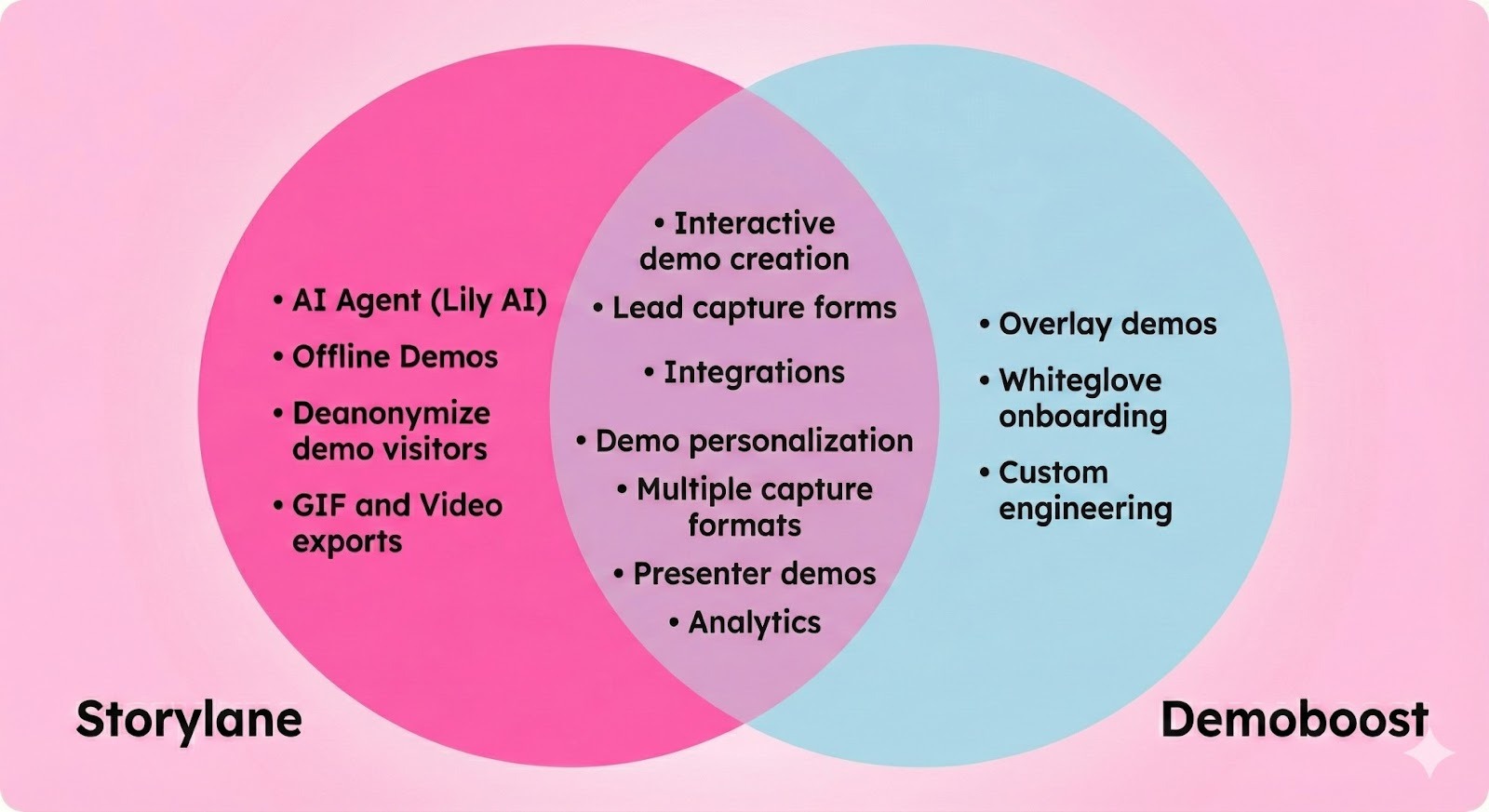

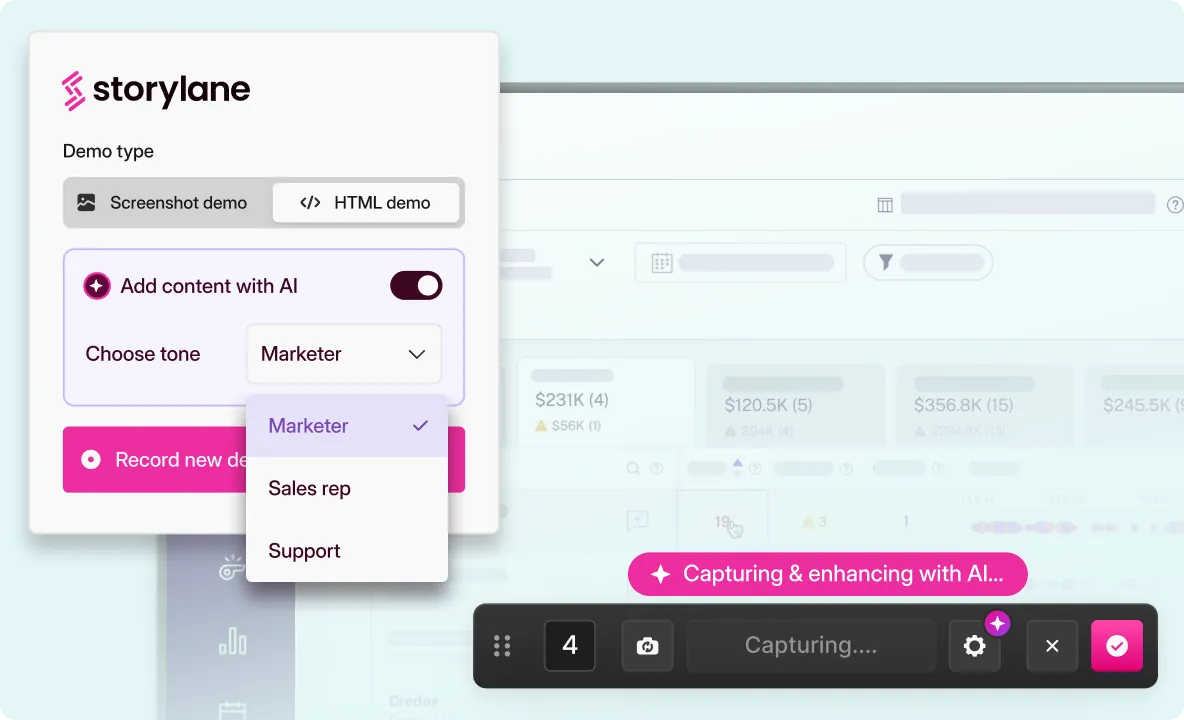



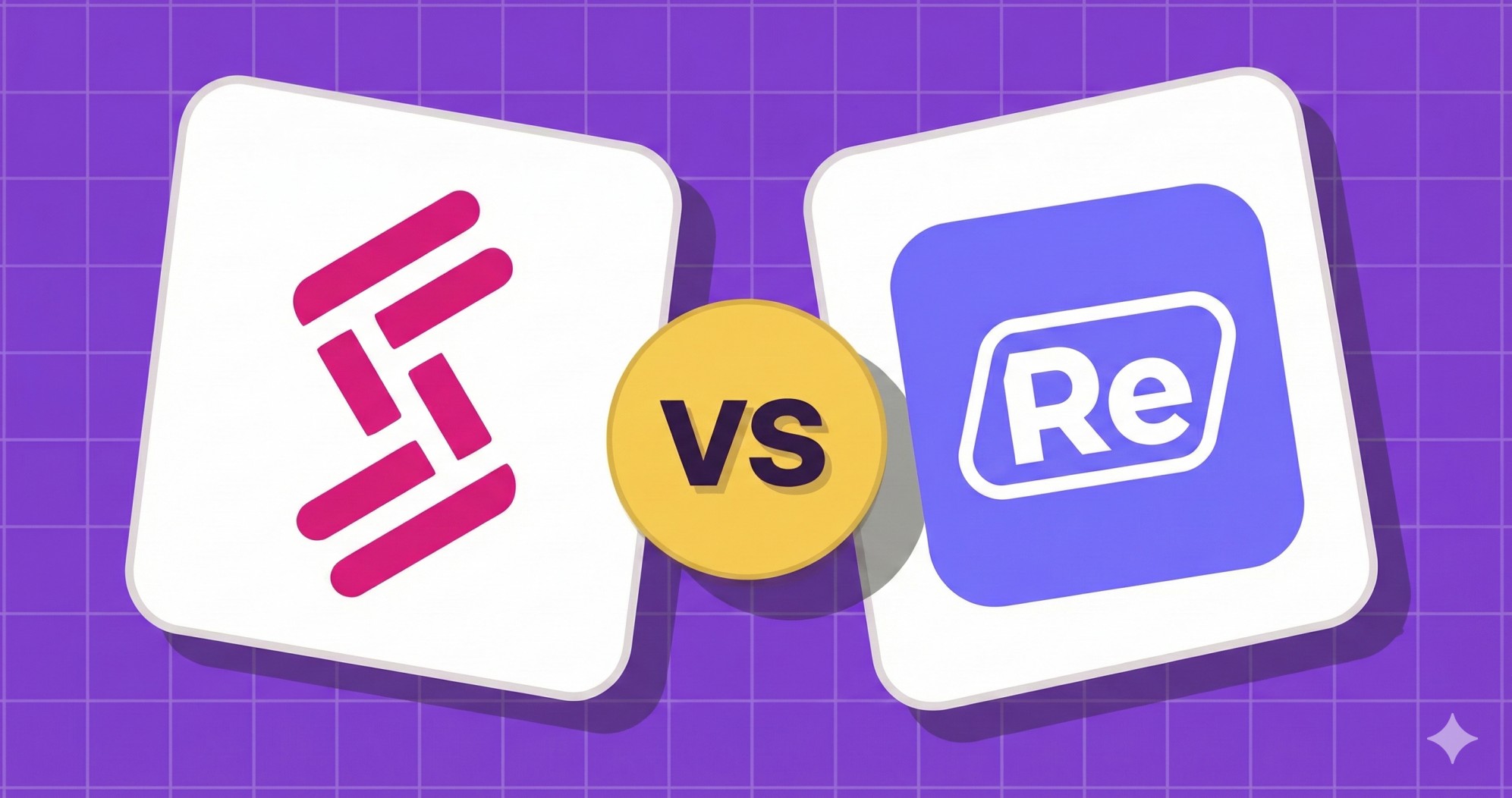
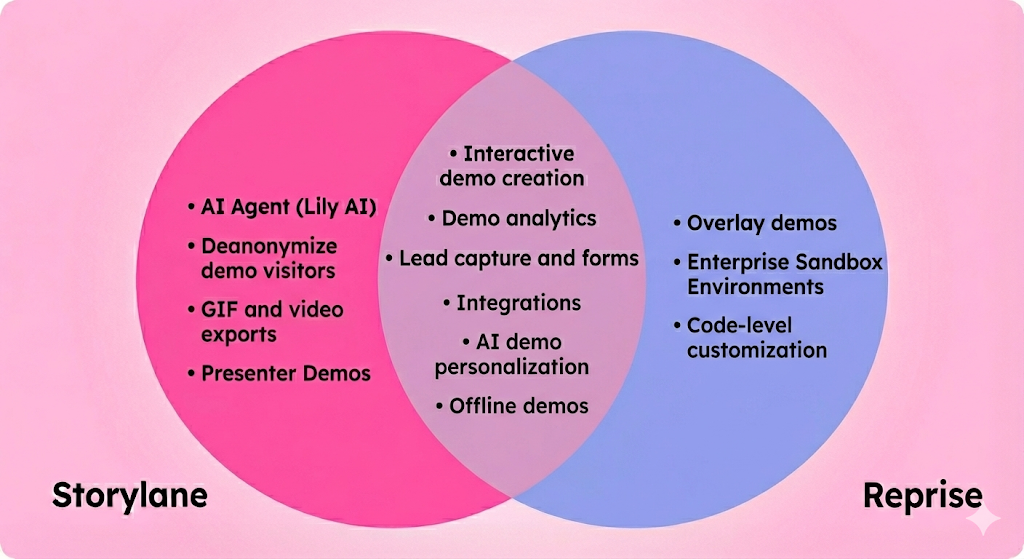
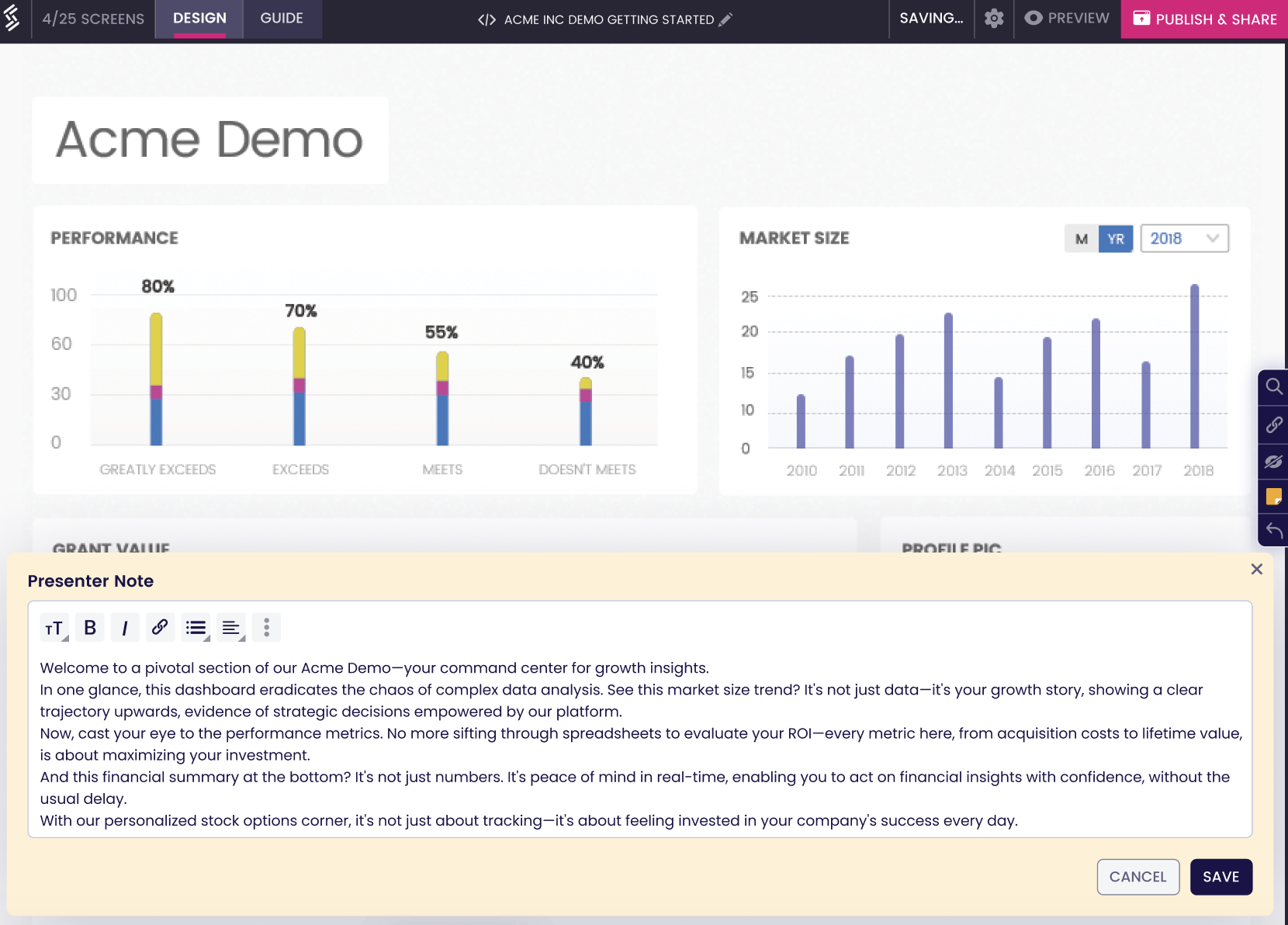





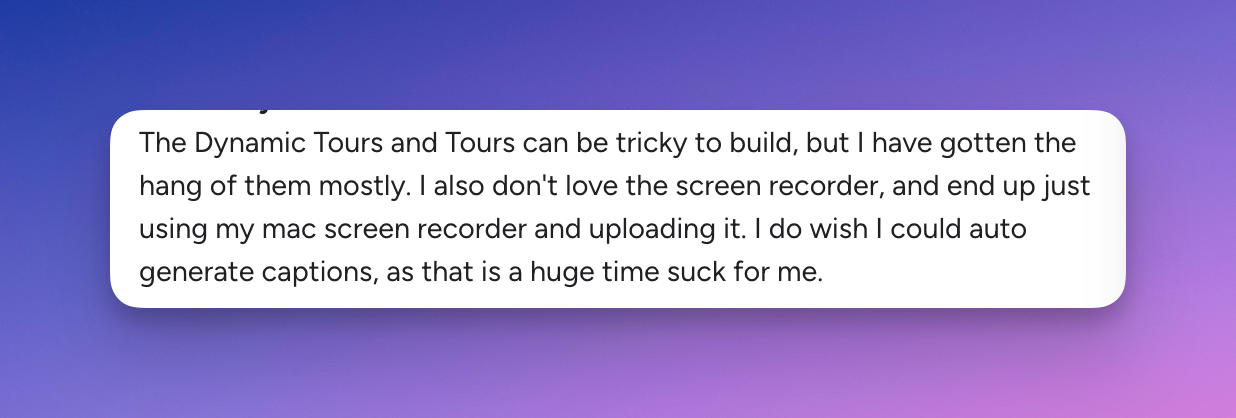




.svg)

.webp)